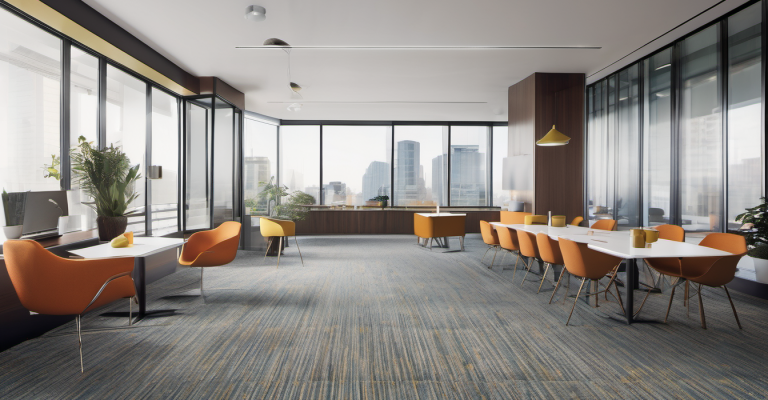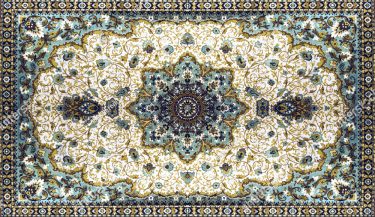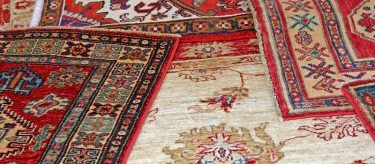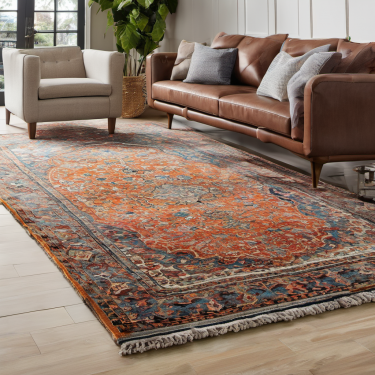How to Select Carpets for Commercial Spaces
Home » Green Carpet Blog » Carpet Care » How to Select Carpets for Commercial Spaces


If you think that selecting a carpet for your office is the same as choosing it for your home, this is far from the truth. This is because commercial spaces have very different requirements. The needs of each area will be vastly different too. The carpets and rugs sector in the US earned $17.79 billion in 2024 and is expected to grow at 6.4% by 2028. The decor of the place, its use and location, and the amount of foot traffic expected will all impact the choice and quality of the material chosen for carpets in a commercial setting. The choice of carpet can affect the vibe of the office as well and convert it from a sedate to a vibrant atmosphere. This post will give you the main points to consider while selecting carpets for business establishments.
Steps Involved in Selecting Carpets for Commercial Settings
The process of choosing carpeting for a commercial enterprise is rather detailed and involves the following steps:
1. Determine What the Budget Is
You should first have a very realistic estimate of the money you have to spend on the project. Many people spend a lot of time poring over commercial product catalogs only to realize that the carpet they are selecting is not feasible because it exceeds the budget allocation. The material chosen and the type of format will also affect the installation process. The cost of maintaining the carpet in the long term has also to be considered.
2. Check Out the Purpose of the Project
You have to look at how the place will be used. Some of the factors that need to be looked at are acoustics, durability, and resistance to dirt and allergens. Safety and temperature control, resistance to fire, and static propensity are also important. Depending on the normal number of people using the space, it may be classified into moderate, heavy, severe, or extreme use.
Carpets can also help reduce noise levels, cushion falls and even provide space to rest tired feet.
3. What is the Quality Rating for the Project
The Carpet and Rug Institute (CRI) has defined Texture Appearance Retention Ratings or TARR which tells you how a carpet will perform under normal traffic conditions. The ratings range from ->2.5 TARR for moderate use, ->3.0 for Heavy Use, and ->3.5 for Severe and Special Use. A carpet with a higher TARR will perform better than that with a lower TARR in a similar environment and is expected to last longer. This must be considered regarding the durability of carpets in commercial spaces.
4. How Does the Carpet Look
While choosing a carpet, you have to consider the look and feel of the entire project. Carpets add to the ambiance of a place, can affect lighting requirements, and influence how people perceive the area. Light colors show wear and stains, while dark colors show dust. Smaller patterns are preferred in smaller spaces but you can experiment with slightly larger patterns in open areas. The style has to fit the place and not overwhelm the senses. Choose medium colors to blend in with any environment. Vibrant colors are preferred to reflect energy while muted colors will be selected in a quieter location.
5. Select the Type of Material
When it comes to the type of material, there are three choices. Nylon is popular inside commercial buildings. It is chosen because it doesn’t burn. It is however known to fade in the sun and is not preferred for outside use. Polyester is less costly than nylon and works for both indoor and outdoor locales. It is durable and resists water and staining, making it a great fit for commercial spaces. Polypropylene fibers are cheaper than others while performing very well in areas with high footfalls like hotel lobbies and supermarkets. It is mold and mildew-resistant but is prone to stains.
6. Choose the Structure of the Carpet
Broadloom carpet is available in 6-foot and 12-foot-wide varieties. The first size is preferred in narrower rooms and corridors, but you have to be careful that there are not too many seams. Otherwise, you can use the standard size in more open spaces.
Carpet tiles are another option that is easier to install. They are available with a variety of looks and styles and can be matched with any environment. Designs can vary from simple, single colors to more intricate, multi-colored patterns. They are used in a variety of settings, from offices to schools, hospitals, and other commercial establishments. Carpet tiles are available in a range of sizes which can be chosen according to the space to be covered. The advantage of using tiles is that you replace broken or soiled ones without having to change the entire floor.
Carpet planks are also available in a variety of sizes and shapes and can be installed easily. People are experimenting with creating herringbone and other patterns with these planks to achieve a more unique look.
7. Understand the Maintenance Needs
You also have to consider the maintenance needs, especially when it relates to a commercial installation. Generally, all that is needed for carpets is regular vacuuming twice a week. It is recommended to deep clean your carpets by sending them to a professional cleaning service at least once every six months.
8. Other Considerations
You would also have to look at the fire rating of your carpet installation. Wet areas or where chemicals are used may not be suitable for carpeting. Using a carpet in outdoor locations can also lead to it spoiling easily. Compared to residential carpets which can be thick and plush, commercial carpets have short and dense fibers that are meant to withstand the crushing and denting of high foot traffic. This makes them more durable.
Conclusion
Laying a carpet in a commercial location requires many considerations. There are also many style and design features to look at. The choice of colors, foot traffic, and safety factors are also important. Gone are the days when you had just commercial carpet rolls. With tiles and planks of various materials, you are spoiled for choice nowadays. The final decision is up to you.


Categories
Carpets
Oriental Rug



